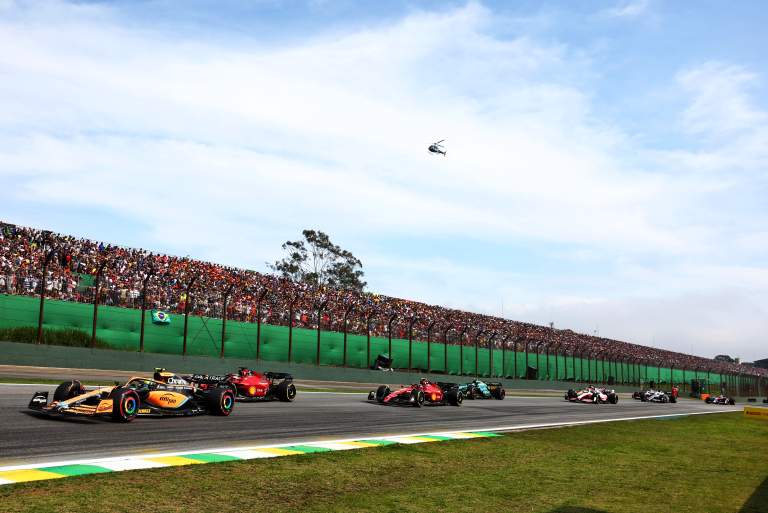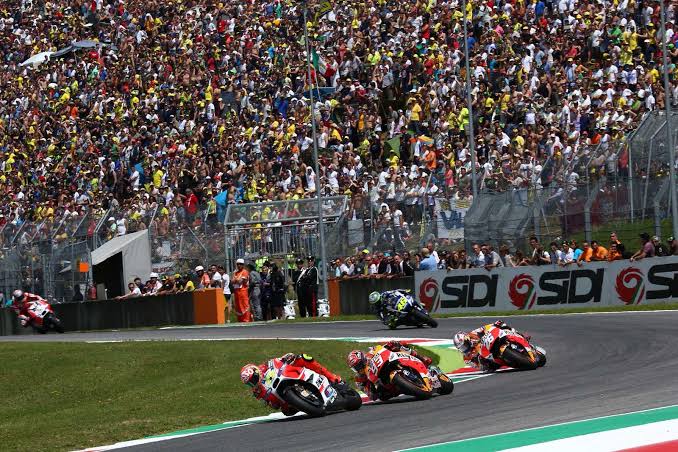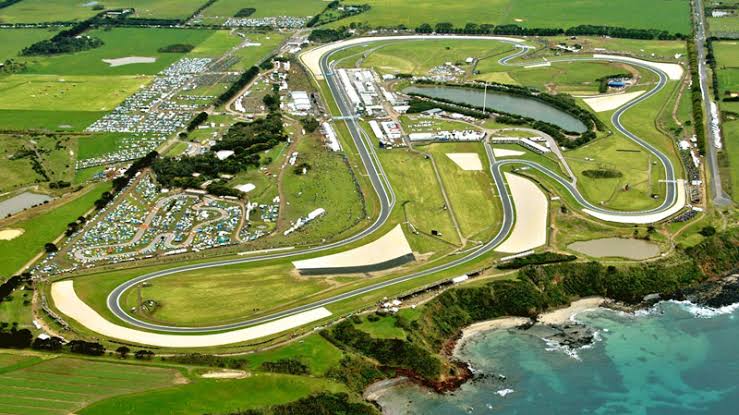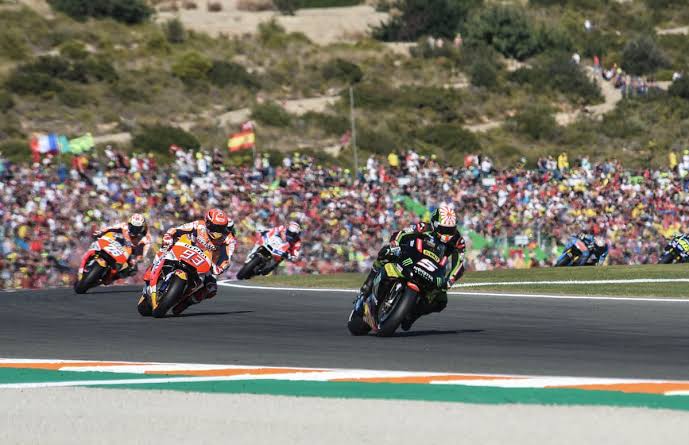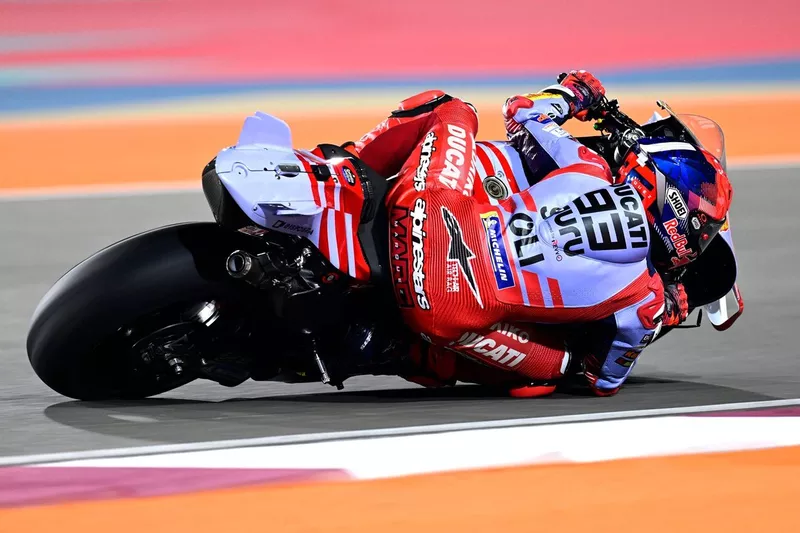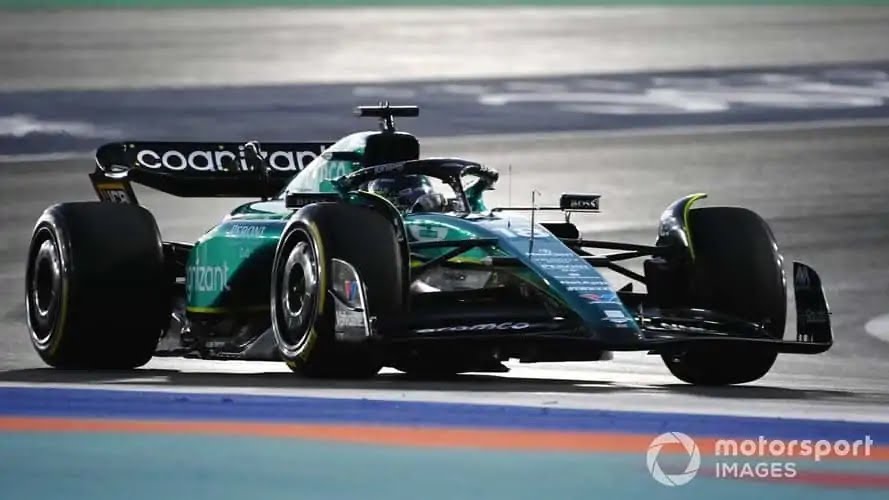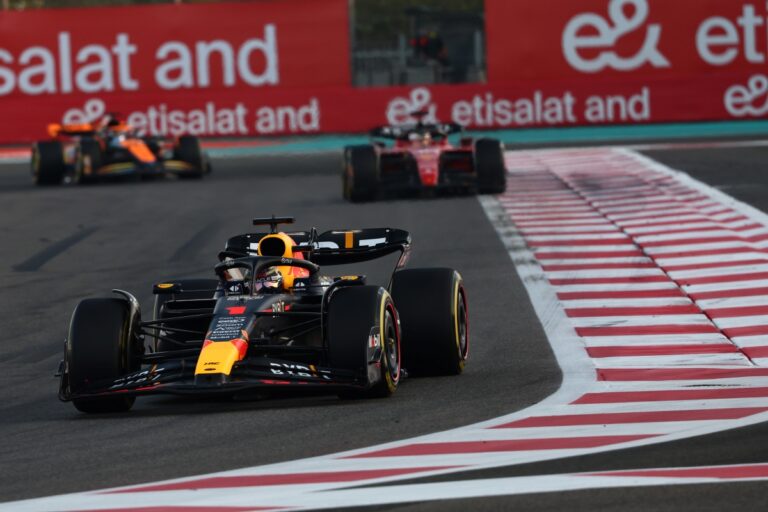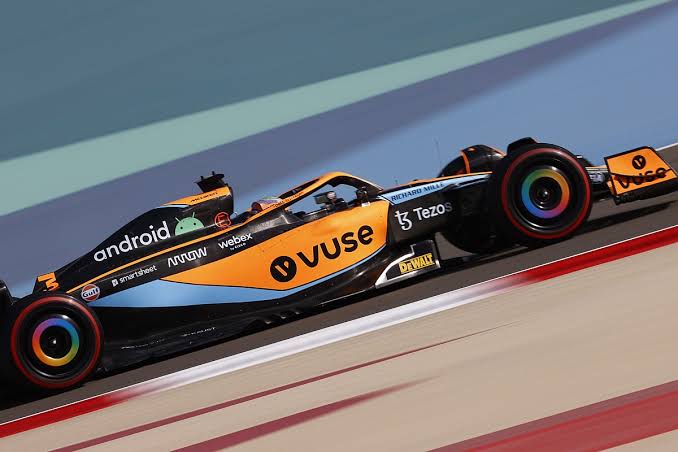Does The F1 2026 Revolution Involve Smaller Wheels?
The world of Formula 1 is always in a state of flux as teams and organizers continually seek ways to improve the sport.
The upcoming 2026 season is set to bring significant changes to Formula 1, and one area that has garnered attention is the size of the wheels on the cars. As the sport aims to make cars lighter and nimbler, there’s debate about whether reducing wheel size is part of the plan. In this article, we’ll explore the potential shift to smaller wheels and what it could mean for the future of Formula 1.
The current state of Formula 1
In recent years, Formula 1 cars have undergone a transformation. They’ve become larger and heavier, primarily due to advancements in technology and safety regulations. The introduction of hybrid power units in 2014 was a game-changer, bringing a new level of complexity to cars. As a result, the minimum weight limit for Formula 1 cars has steadily increased, with the 2023 season seeing it rise to 796 kilograms.
But it’s not just weight that has changed. The dimensions of Formula 1 cars have also evolved. In 2017, the maximum width of cars was increased to two meters, reversing a change made in 1998 when cars were narrowed to 1.8 meters. The quest for more power and improved aerodynamics led to larger cars with wider bodywork.
The Push for Smaller and Lighter Cars
Formula 1’s governing body, the FIA, has recognized the need for change. The 2026 season presents an opportunity to address some of the concerns regarding car size and weight. The FIA’s key objectives for the 2026 chassis regulations include reducing car dimensions and containing car mass.
Reducing car dimensions could be a pivotal step in the quest for lighter and more agile cars. It offers a weight-saving opportunity of up to 35 kilograms. This move aligns with the desire to bring back the sharp handling characteristics that characterized Formula 1 cars in the past.
The Impact of Smaller Wheels
The size of the wheels on a Formula 1 car plays a crucial role in its performance. In recent years, Formula 1 has used 18-inch wheels, with the diameters growing from 660 millimeters to 720 millimeters. The larger wheels provide several advantages, including better grip and improved tire management. However, they also contribute to the overall weight of the car.
Smaller wheels would undoubtedly reduce the weight of the car. The rotational mass of the wheels has a significant impact on acceleration and braking. Smaller wheels mean less mass to accelerate and decelerate, potentially leading to quicker lap times.
Additionally, smaller wheels could have implications for tire design. Formula 1 tires are highly specialized and designed to provide optimal grip and performance. Changing wheel size would necessitate adjustments to tire specifications to maintain the delicate balance between grip and durability.
Challenges and Considerations
While the idea of smaller wheels has its merits, it’s not without challenges and considerations. Formula 1 is a sport that constantly pushes technological boundaries. Smaller wheels may require rethinking suspension systems, braking technology, and even aerodynamics.
One of the primary concerns with smaller wheels is tire management. Formula 1 cars put immense stress on their tires during a race. Smaller wheels could lead to increased tire wear, affecting race strategies and pit stop frequencies.
Safety is another paramount consideration. Formula 1 has made significant strides in enhancing driver safety over the years. Smaller wheels may impact the design and effectiveness of safety features such as crumple zones and the halo device.
A Balance Between Tradition and Innovation
Formula 1 is at a crossroads—a juncture where tradition meets innovation. The sport’s evolution is essential to remain relevant and competitive, but it must strike a delicate balance. While embracing advancements in technology and sustainability, Formula 1 must not lose its core essence—the thrill of speed, precision, and competition.
Smaller wheels could be part of the 2026 revolution, offering a path to lighter cars and more dynamic racing. However, they must be approached with caution, taking into account the intricate web of interconnected components and systems that make a Formula 1 car a marvel of engineering.
The future of Formula 1 holds promise, and fans eagerly anticipate the changes that the 2026 season will bring. Whether smaller wheels become a reality or not, one thing is certain: Formula 1 will continue to push boundaries and captivate audiences worldwide with its unique blend of tradition and innovation.
